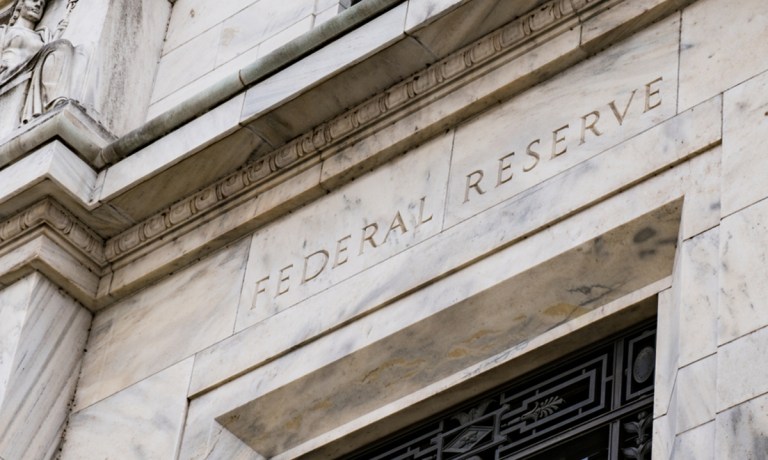
Banks have reported earnings, and the Federal Reserve’s quarterly report on the status of banks’ assets, liabilities and other aspects of financial conditions are in.
June’s data is a snapshot in time. Some weekly data points from the Fed since then point to what we might term a form of “credit creep” and a continuation of trends that were in play leading to the halfway point of the year.
The Fed reported figures last week that might indicate some cause for concern. In the past year, about 9.1% of credit card balances and 8% of auto loan balances transitioned into delinquency.
Overall delinquency rates stood at 3.2% in the second quarter, unchanged from the first quarter.
Drilling down a bit, the Fed said aggregate limits on credit card debt were up “modestly” by 1.4%, or $69 billion. Credit card balances increased by $27 billion to $1.14 trillion.
The picture will become clearer when the Fed shares its second-quarter report — the lag time can be as long as three months after the quarter has ended. But the first-quarter snapshot noted the uptick in delinquency rates, and last week, the Federal Reserve Bank of New York’s Center for Microeconomic Data estimated that overall household debt reached $17.8 trillion, with $3.7 trillion in credit card balances added through the pandemic.
“The Credit Card Use Deep Dive Edition” of the PYMNTS Intelligence series “New Reality Check: The Paycheck-to-Paycheck Report” indicated that two-thirds of financially stressed consumers are revolving that debt each month.
Looking at Federal Reserve Economic Data (FRED), the central bank’s online database detailing trends tied to myriad sources, seasonally adjusted data indicated that overall bank credit inched higher into the end of last month, at $17.75 trillion in the last week of July versus $17.23 trillion in the prior week. The latter was up only slightly from levels a year ago as August 2023 dawned.
Consumer loans over the same timeframe were up to $1.91 trillion in the last week of last month, having grown over the previous week and up from $1.88 trillion at the same time last year. Credit cards and other revolving plans, altogether, were $1.06 trillion, where that number was an almost even $1 trillion last year, per the data.
The creep does not mean that banks’ financial conditions are/were/or might be impaired, although taking reserves and releasing them can and does have a volatile effect on net income. As detailed in the first-quarter banking profile, net income was up across the sector, as was the return on assets metric. Net operating revenues were up 3%.
But the steady edging up of credit, as always, bears monitoring.